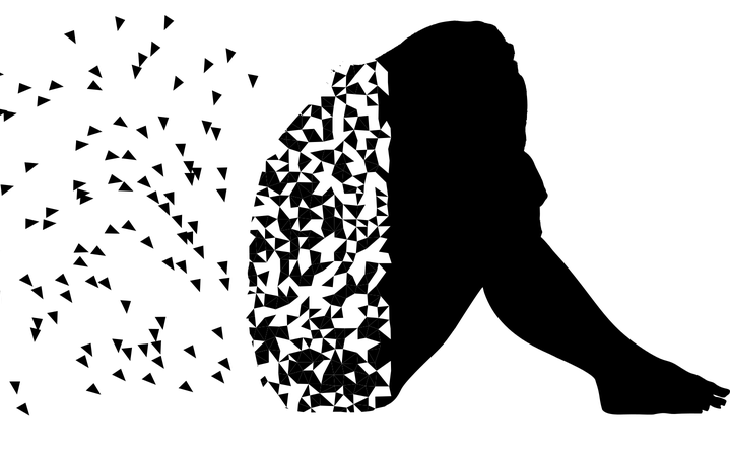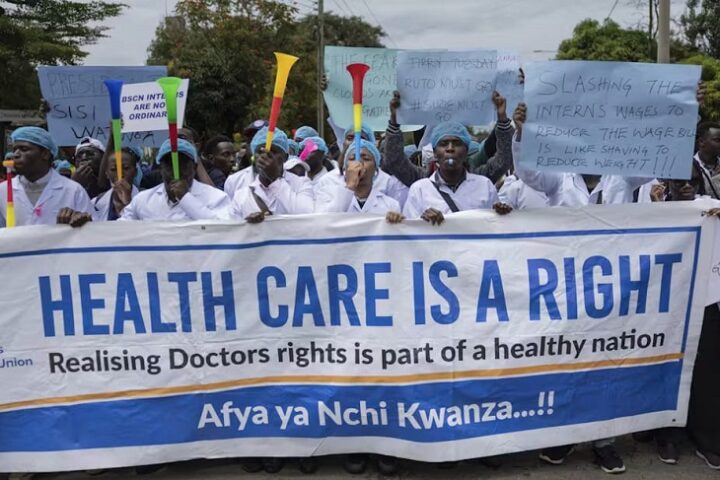COVID-19: The COVID-19 pandemic has affected millions of people worldwide and has caused significant economic and social disruptions. The disease is caused by the SARS-CoV-2 virus and primarily spreads through respiratory droplets. At least 6,893,190 people have died from it.
HIV/AIDS: HIV attacks the immune system and weakens the body’s ability to fight infections and diseases. AIDS is the final stage of HIV infection and can be fatal if left untreated. About 48 million people have died from HIV/AIDS-related illnesses.
Tuberculosis: TB is a bacterial infection that primarily affects the lungs but can also affect other parts of the body. It spreads through the air when an infected person coughs or sneezes.
Malaria: Malaria is a mosquito-borne disease caused by a parasite. It primarily affects people in tropical and subtropical regions and can cause severe fever, chills, and flu-like symptoms. Malaria is the top-killer disease for children under the age of 5.
Ebola: Ebola is a viral hemorrhagic fever that is highly contagious and can be fatal. It spreads through direct contact with infected bodily fluids and can cause severe bleeding and organ failure.
Dengue: Dengue is a mosquito-borne viral infection that can cause severe flu-like symptoms and, in some cases, life-threatening complications.
Yellow fever: Yellow fever is a viral hemorrhagic fever that is spread by mosquitoes. It can cause severe symptoms such as fever, headache, and bleeding.
Cholera: Cholera is a bacterial infection that causes severe diarrhea and dehydration. It spreads through contaminated water and food.
Hepatitis B: Hepatitis B is a viral infection that affects the liver and can cause chronic liver disease and liver cancer. It spreads through infected blood and bodily fluids.
Zika: Zika is a viral infection that is spread by mosquitoes. It can cause mild flu-like symptoms in most people, but it can be dangerous for pregnant women, as it can cause birth defects in their babies.













